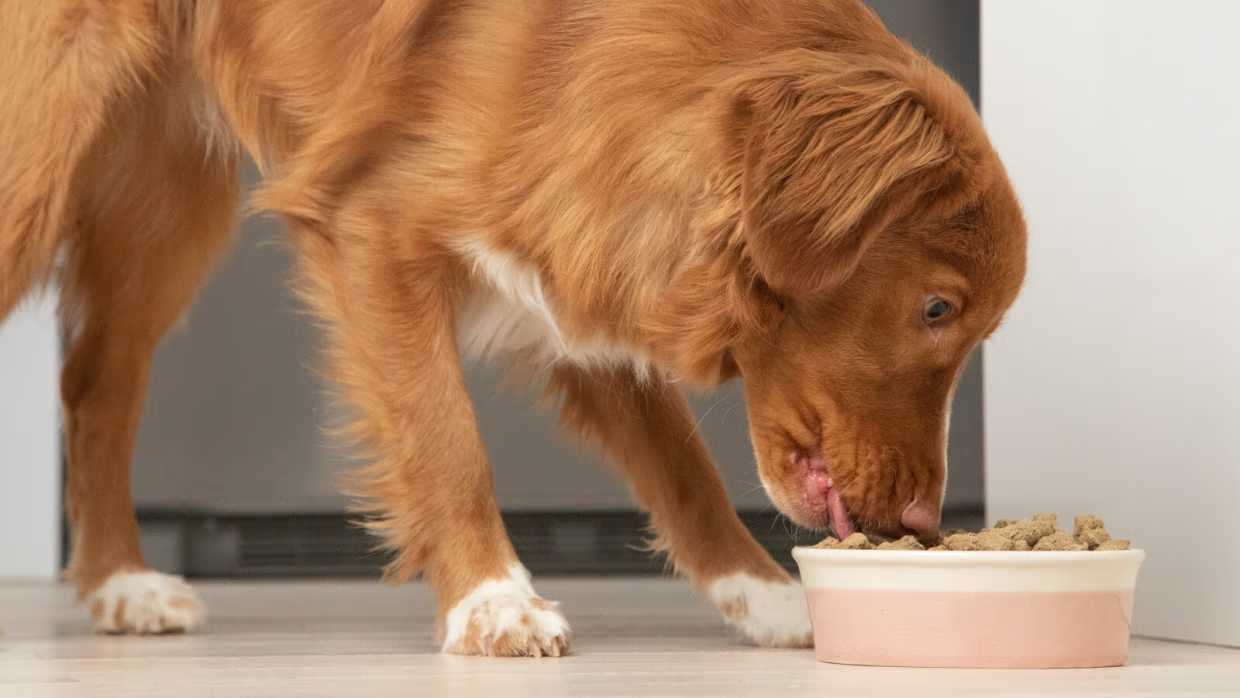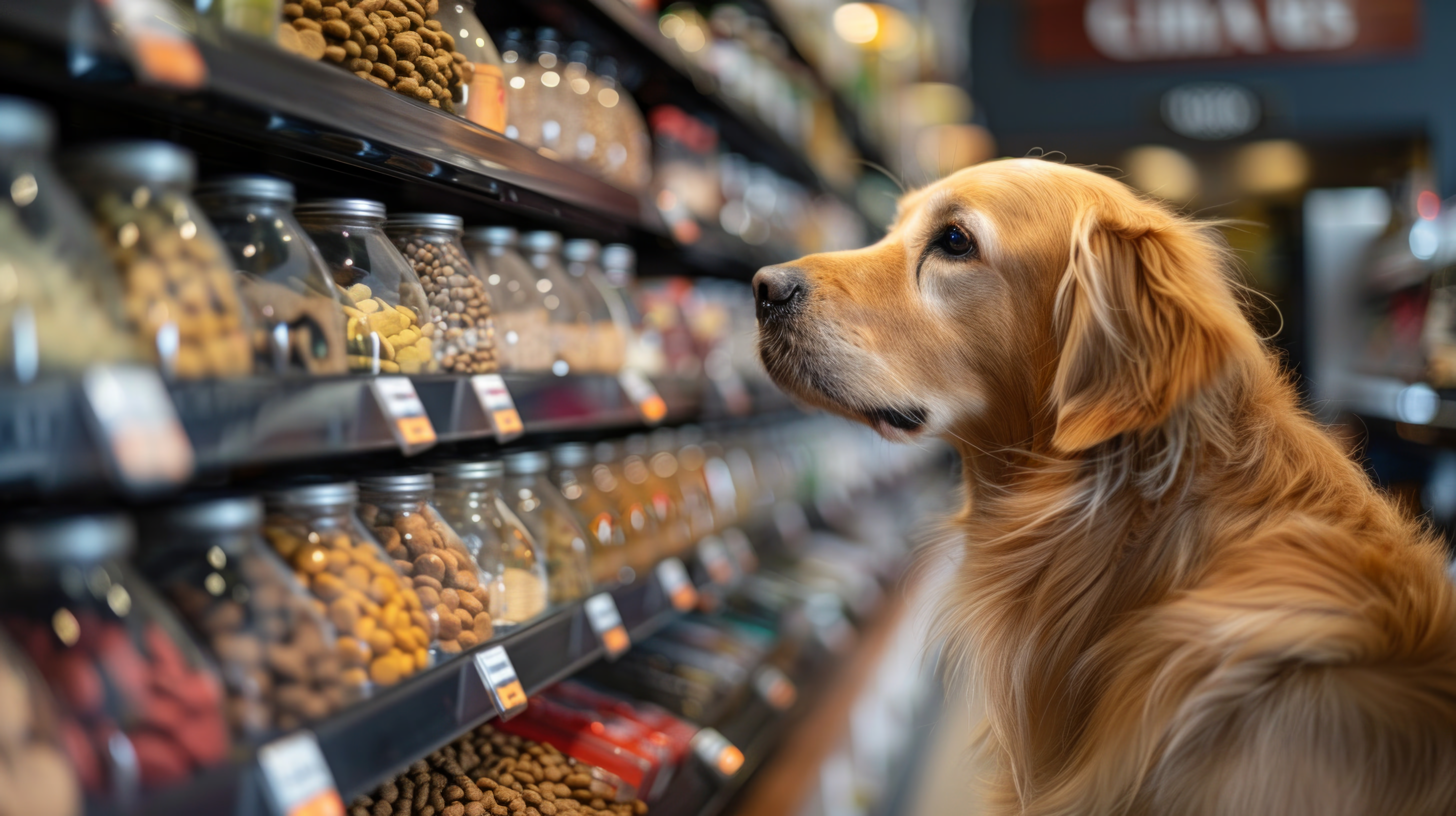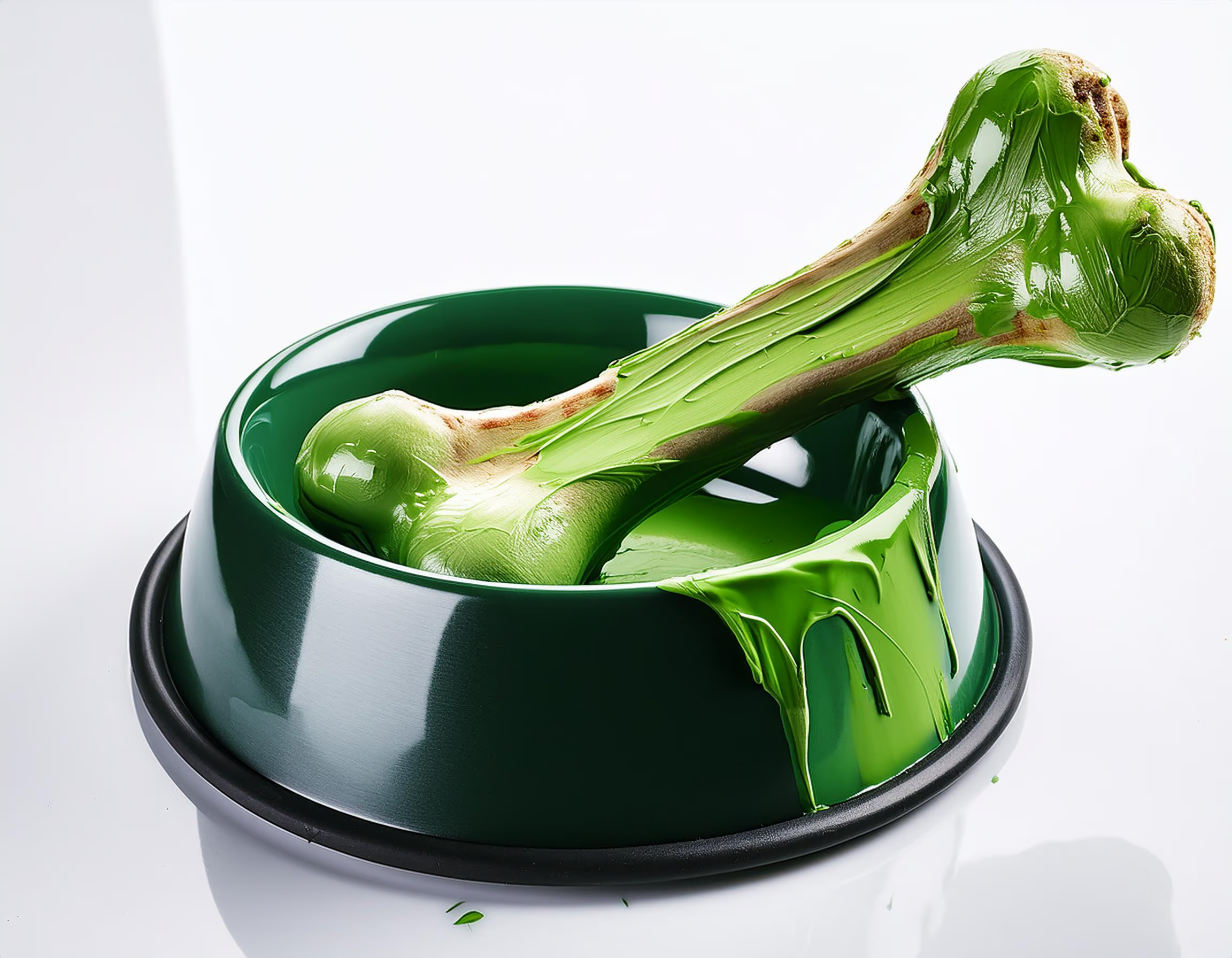Business challenges
Nowadays, one of the main challenges for producers and manufacturers is the availability of labor. We are not the only market dealing with this problem. However, it represents a significant obstacle for pet food manufacturers to achieve their goals of meeting the growing pet owners' demands. The need for trained workers and the responsibility to maintain safe manufacturing practices and work environments are today, in an increasingly demanding and demanding context, fundamental issues.
But not all is lost! In contrast to this problem, we know that the industry is experiencing an increase in demand driven by the growth of pet ownership. This represents an important opportunity for manufacturers to take the opportunity to develop new products and offerings for those new to the market.
Product innovation
Meeting the changing needs and demands of pet owners is of great importance. Animal food manufacturers are constantly immersed in a process of product renewal to provide food that is in line with the values and expectations of consumers.
We have known that, for some time now, sustainability is one of the main factors owners have in mind when selecting food for their pets. Awareness, both personally and for their pets, regarding the ecological impact of the products they purchase is increasingly high, and that is why they look for alternatives in pet food that promote environmentally friendly practices, focusing on the reuse of plastics and the sustainability of the production chain. This reflects a mentality that is more friendly to the natural environment and more ecology-oriented.
Additionally, consumers are paying more attention to the ingredients that contain the products they choose. Pet owners carefully scrutinize ingredient lists, seeking transparency and opting for natural, healthy ingredients that contribute to their beloved pet's well-being and health.
The push for development
Lately, research has ceased to be the only factor driving the development of new products, beginning to share its space with unique ingredients and human food trends. Nowadays, it is easy to predict that when we see a new product gain popularity on human plates, it will not take long to reach the pet food shelves.
The biggest difference between these two markets is, without a doubt, their palatability. For instance, there have already been cases of companies that, following human trends, have sought to develop snacks or supplements for pets in the form of chewable candies, also known as 'gummies,' and they have not worked since they stuck to pets' teeth. We already know having the best product in the world is useless if no animal is willing to eat it.
Customization in production
Product customization has been increasingly creeping into our industry. At first, in a more superficial way, such as personalizing large feed bags with the pet's name or putting together product packs for a specific animal. As people seek increasingly personalized paths to well-being, we find new proposals such as specially formulated foods, personalized probiotics, and the use of precision-based production.
Technology
Using HPP to improve production
As pet food manufacturers look to meet the demand for safe, clean, and nutrient-dense products, High Hydrostatic Pressure (HPP) technology is emerging as a viable solution. Its ability to achieve food safety goals, offer clean labels and produce pet foods with a similar profile to raw foods makes it a technology with immense potential in the future of the industry.
The data suggests that HPP technology could find applications in products like kibble, freeze-dried foods, and wet foods. This technology appears to be a compelling alternative to traditional high-temperature methods. Its advantages, such as maintaining nutritional integrity and obtaining the "raw profile" preferred by pets, are increasingly attracting industry attention, not only from large companies but also from medium-sized ones, which are already showing significant growth in their plans to use this technology.
Technology for everyday life
Technology is not only being used to improve production and the final product, but it is increasingly impacting the small actions and everyday objects of pets' routine, such as automatic feeders, smart toys, GPS collars, and physical activity trackers.
Innovation: a topic on everyone's agenda
The industry's challenges in terms of innovation arise from the pet food-producing field and extend to all the ecosystems that make up the industry. If we use our intelligence, knowledge, and technology to our advantage, we will be able to find new and innovative alternatives to answer the demands of both food and supplements, considering the trends, needs, and owners' lifestyle changes.
The companies at the forefront that can quickly identify the new underlying human needs and wishes with respect to their four-legged animals will be those that, this year, will be able to gain a prominent place in their market and sector.
Source: All Pet Food Magazine.
You could be interested: The Conscious Nutrition Era, or With Science Era, Now in Dogs and Cats
About author
María Candelaria CarbajoI’m a creative, interdisciplinary person, translator, and editor. I collaborate in producing and writing creative, high-impact projects to promote cultural exchange, transmit differential values, and connect with people/the audience. Likewise, I enjoy teamwork and joining forces, experiences, and knowledge to bring the world all the potential of those ideas that seek to impact people’s lives positively.

































